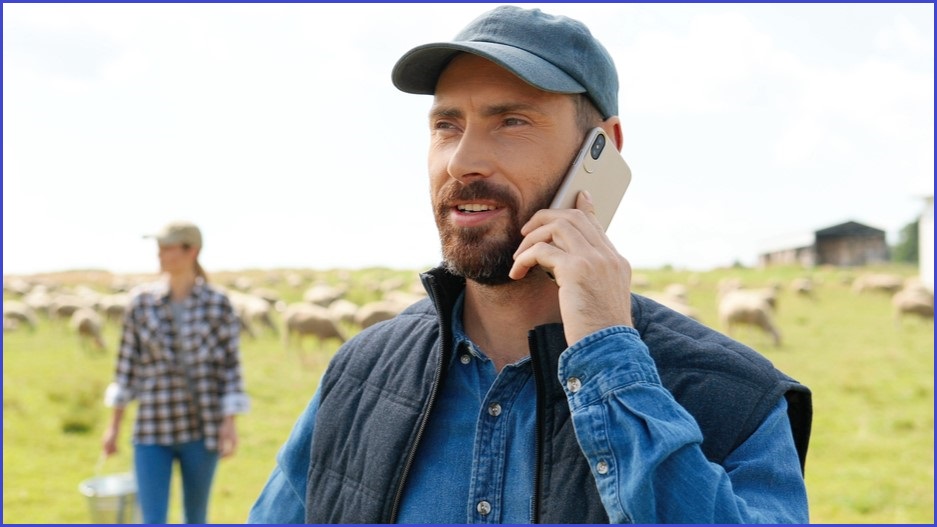Coverage of next-generation 5G mobile networks is expanding but customers are still relying heavily on 4G and soon-to-be-disconnected 3G networks to fill in coverage gaps on regional highways and outside regional centres, according to preliminary figures from a national mobile coverage audit.
A three-month pilot of the National Audit of Mobile Coverage, which was allocated $20 million as part of the government’s $1.1 billion Better Connectivity Plan for Regional and Rural Australia in the 2022 Budget, will measure the coverage of Telstra, Optus, and TPG 5G, 4G, and 3G mobile networks – as long as they remain available – using specialised equipment in a process that will run through to 30 June 2027.
To be conducted by Accenture, the pilot program will cover three roads and three locations in each state and territory – and will be followed by a full audit that will see drivers traversing around 180,000 km of regional and rural roads annually for three years.
Results of the drive testing will be complemented by static signal strength meters in up to 77 locations – intended to clarify seasonal variations in mobile coverage due to issues such as tourism – and published quarterly along with crowdsourced data collected by customers using an Accenture developed app.

An initial tranche of data, which was collected using the crowdsourcing capabilities of Accenture’s telecommunications benchmarking platform between December 2023 and February 2024, is already available through the project’s Mobile Audit Visualisation (MAV) Tool.
Crowdsource data – which will draw on data provided by 150,000 active users in Australia, contributing an estimated 3.5 billion mobile coverage samples every year – will be published quarterly.
The audit “is critical to identifying Australia’s coverage gaps, and highlighting where industry maps might not reflect the experience of Australians on the ground,” Minister for Communications Michelle Rowland said in launching the audit.
“The audit will allow the Government and industry to make better investment decisions that will actually make a difference for locals, motorists, and small businesses in areas of patchy coverage.”
Roads littered with blackspots
Commencement of the audit comes at a pivotal time for mobile communications, with 3G mobile networks set to be switched off in just under four months after Telstra recently delayed its shutdown by two months, amidst concerns that early closure of the network would leave 740,000 Australians without access to Triple Zero emergency services – and that the carrier needs more time to fully duplicate its 3G coverage with 4G.
Even with most of the data in the audit yet to be collected, crowdsourced data represented in the MAV Tool highlights the ongoing shortcomings of the carriers’ networks – which have been both lauded and attacked by regional users struggling with reception issues, threats from bushfires and slow broadband services.
While Telstra earlier this year announced that its 5G mobile network covered 87 per cent of Australia’s populations, for example, the MAV data show that coverage on the roads between those areas, and the areas outside of the major population centres, remains sporadic or absent.
All roads leading into Cowra, NSW, for example, had no 5G coverage and delivered moderate 4G/3G signal strength, while two of the four roads leading into Jindabyne, NSW, had long stretches of limited coverage.
Portions of the Great Ocean Road outside Port Fairy also suffered limited mobile connectivity, as did long stretches of the Princes Highway and Glenelg River Road outside Mount Gambier, SA; the Eyre Highway as it wends through that state’s remote west; NT’s Great Northern Highway; Queensland’s Palmerston Highway; and large areas around regional centres like Williams, WA, and Theodore, Qld.
The detailed data from the audit will help network operators better plan their future base station rollouts and target funding under programs like the federal government’s Mobile Black Spot Program, which has so far delivered nearly 1,400 mobile base stations through seven rounds of funding.
The audit, Rowland said when she last year launched a call for input into the audit program, “will help identify mobile black spots and capacity issues where local experience doesn’t reflect predictive maps.”









